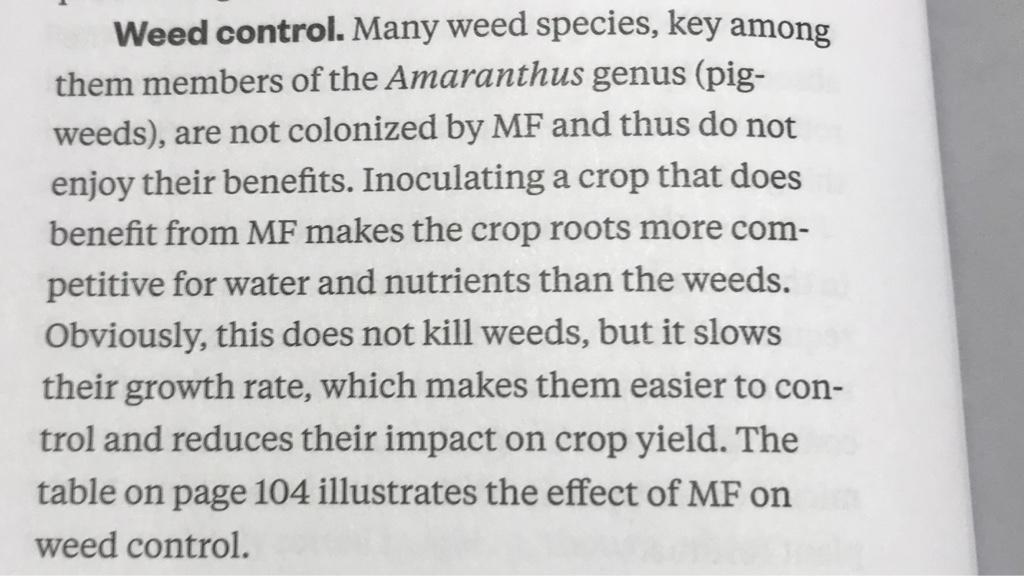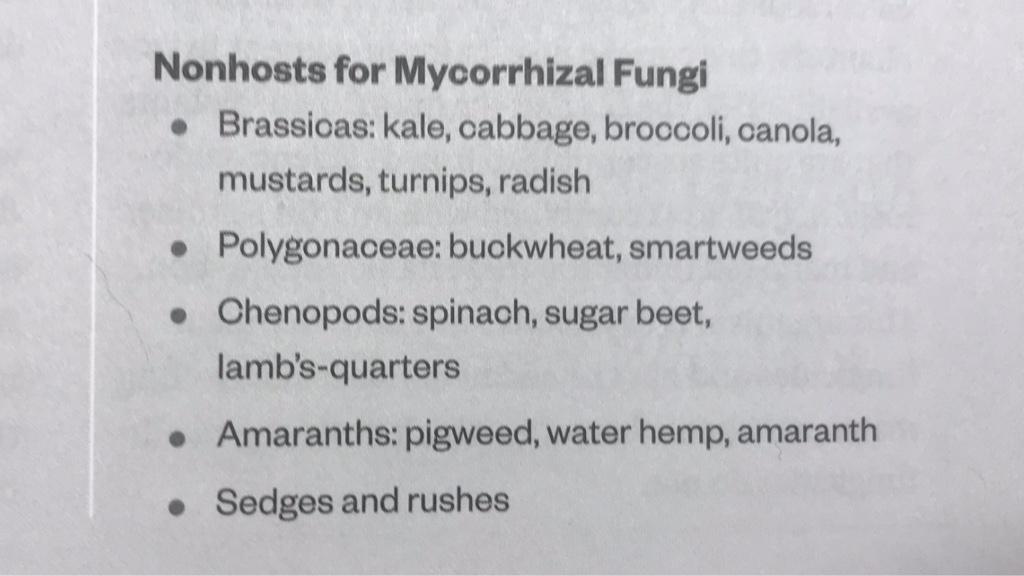MarkDarvin
Well-Known Member
I picked up a new soils book and I’m making my way through it now. I came across some interesting info on mycorhizal fungi (MF). It could be the difference maker between gross store tomatoes, and fresh soil grown tomatoes.

I knew there was a connection between bacteria dominated soils and zombie super weeds. This dude takes it a step further and connects the rest of the dots.

Our biggest problem weeds are all those that thrive in an environment where we actively kill MF.

Sent from my iPhone using Tapatalk

I knew there was a connection between bacteria dominated soils and zombie super weeds. This dude takes it a step further and connects the rest of the dots.

Our biggest problem weeds are all those that thrive in an environment where we actively kill MF.

Sent from my iPhone using Tapatalk

